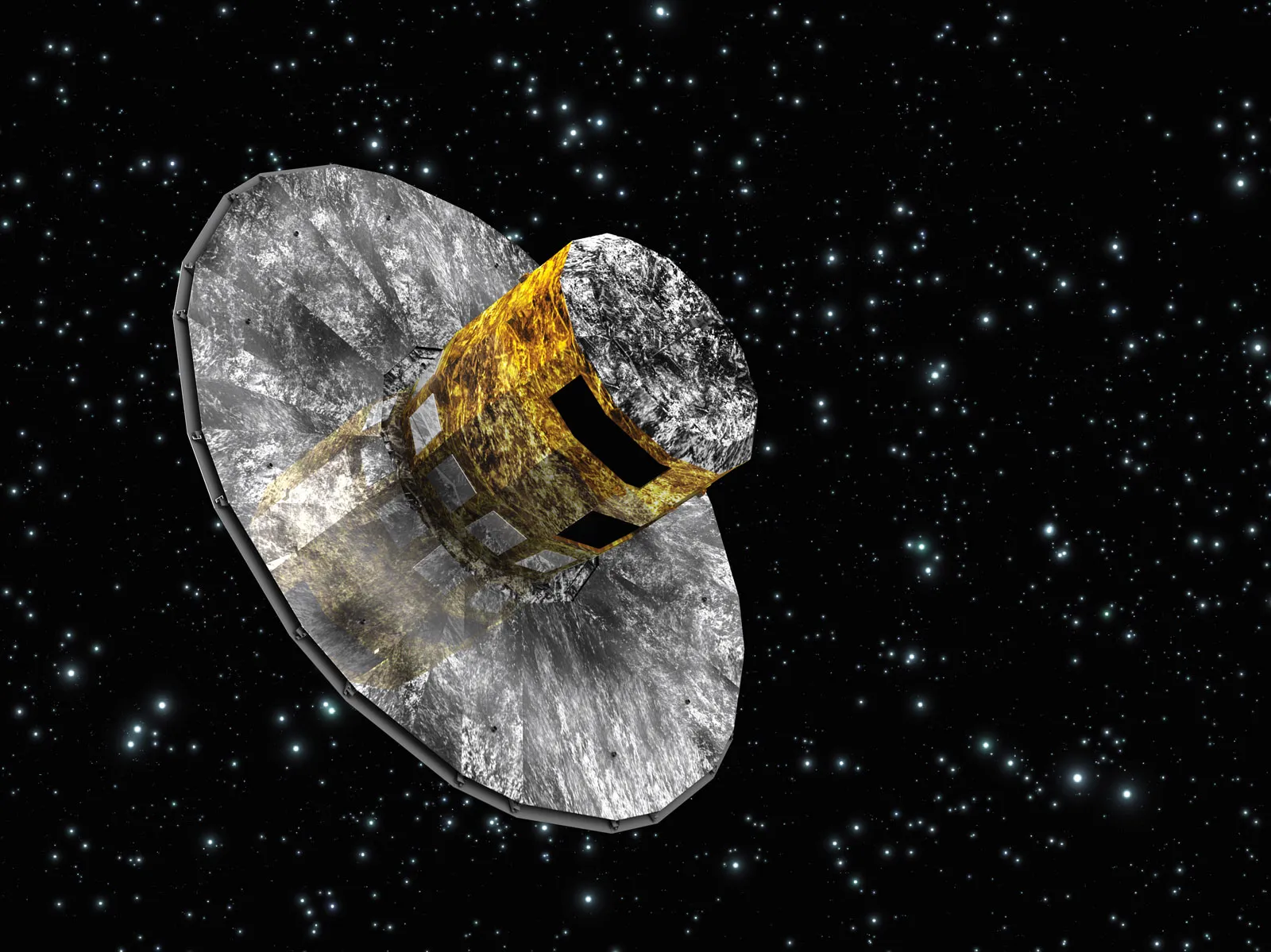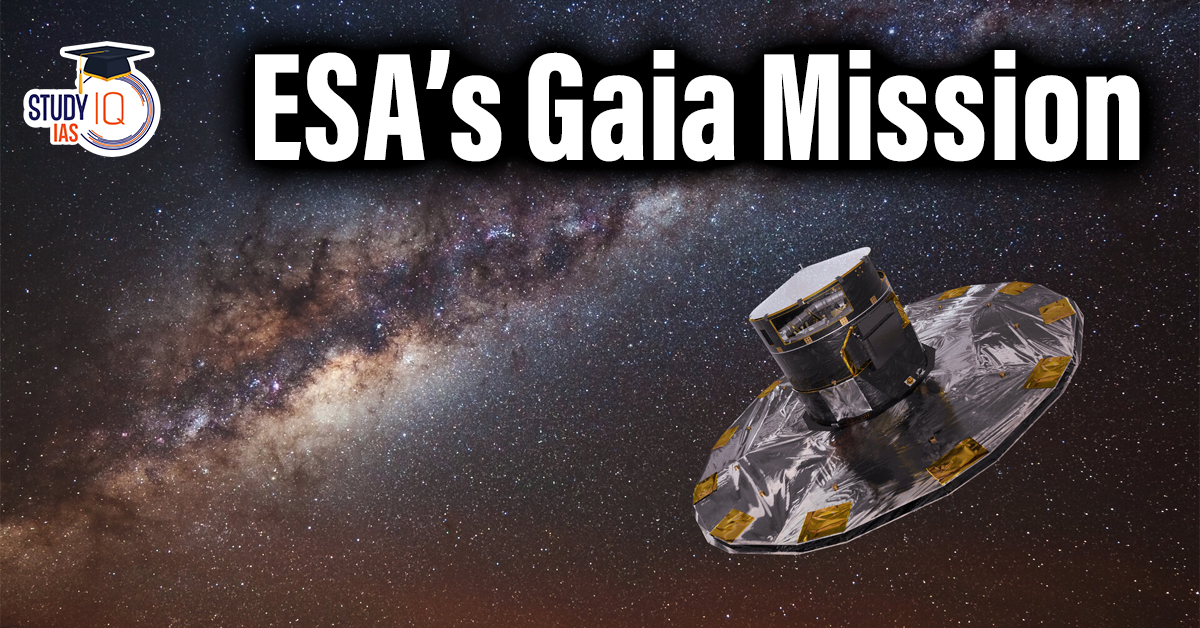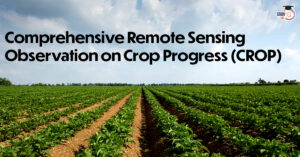Table of Contents
Context: The European Space Agency (ESA) has officially shut down its space observatory mission, Gaia, on March 27, 2025.
About Gaia Mission
- Its original name was Global Astrometric Interferometer for Astrophysics (GAIA), it was later renamed Gaia Mission.
- Primary objective: Astrometry—precisely mapping celestial bodies by determining their locations and movements in space.
- Orbital Position: Placed at Lagrange Point 2 (L2), 5 million km behind Earth (relative to the Sun), allowing unobstructed views of space.
Scientific Instruments
- Astrometer – Measures the precise location of stars.
- Photometer – Measures the brightness and colour of celestial objects.
- Spectrometer – Analyzes the chemical composition of stars and objects.

Major Discoveries and Contributions
Mapping the Milky Way
- Created the most detailed 3D map of the galaxy.
- Helped scientists understand the structure of the Milky Way—showing its central bar, spiral arms and warped, wobbly disc.
Discovery of New Black Holes
- Identified a new type of black hole, including one close to Earth.
- Unlike earlier detections based on emitted light, Gaia found “truly black” black holes by observing their gravitational effects.
Asteroid Tracking and Threat Assessment
- Identified over 150,000 asteroids and predicted their future orbits, including some that may pose a threat to Earth.


 RNA-Based Antiviral for Deadly Agricultu...
RNA-Based Antiviral for Deadly Agricultu...
 Comprehensive Remote Sensing Observation...
Comprehensive Remote Sensing Observation...
 Perovskite Solar Cells, Objective and Ch...
Perovskite Solar Cells, Objective and Ch...





















